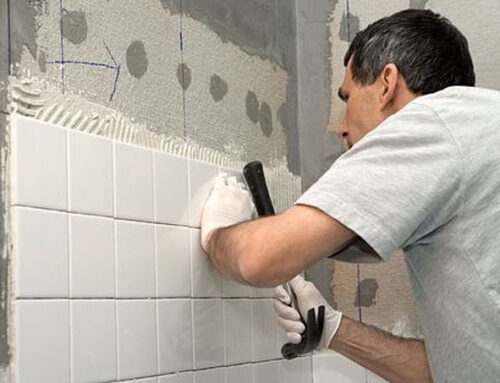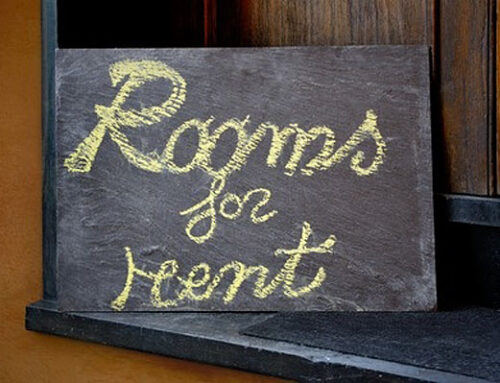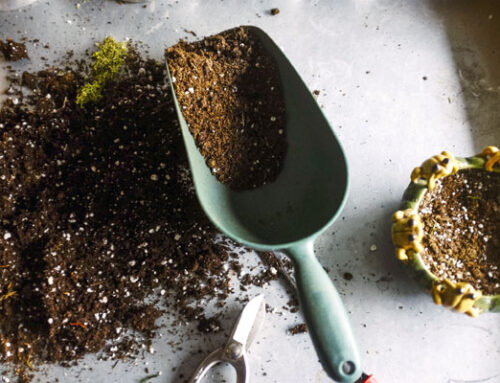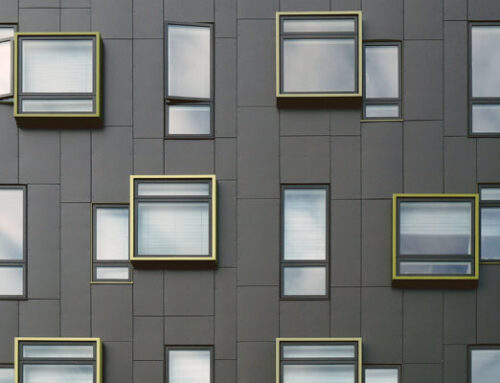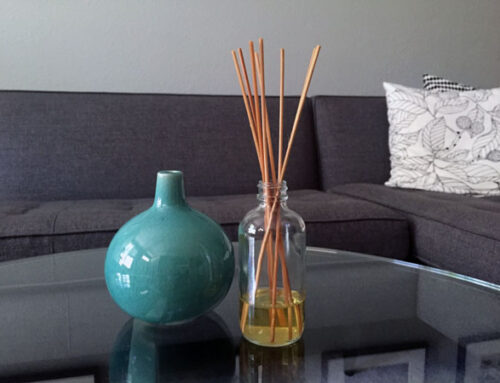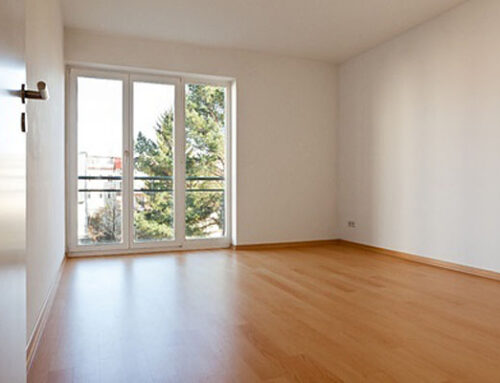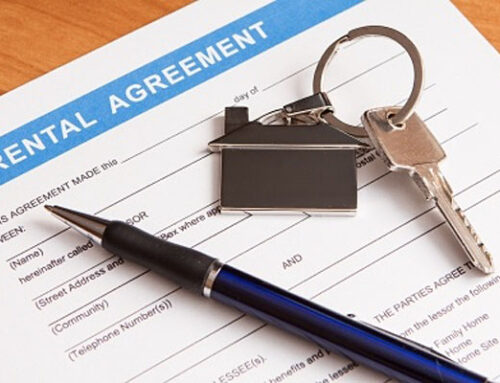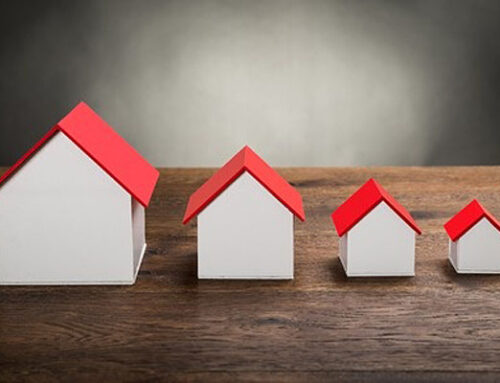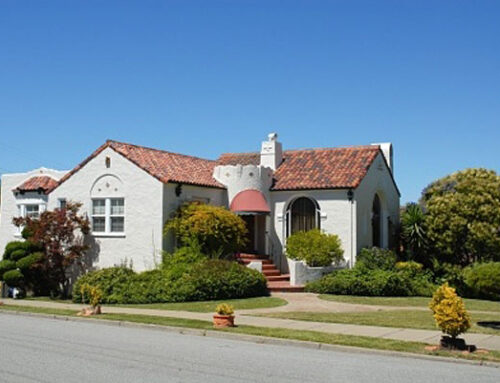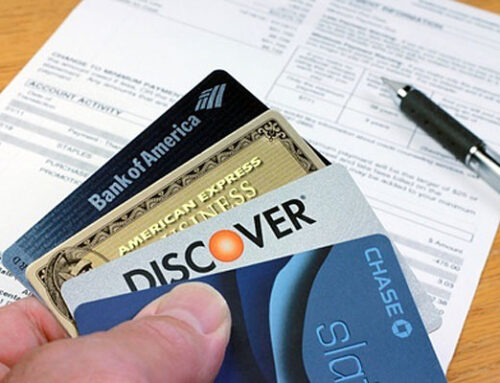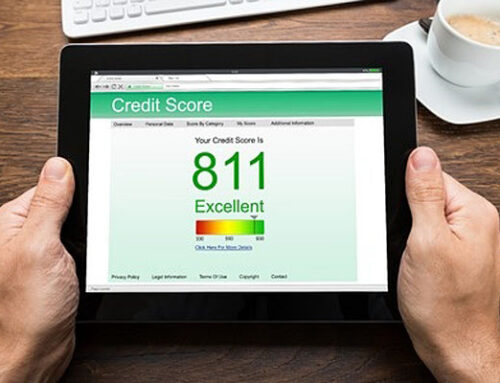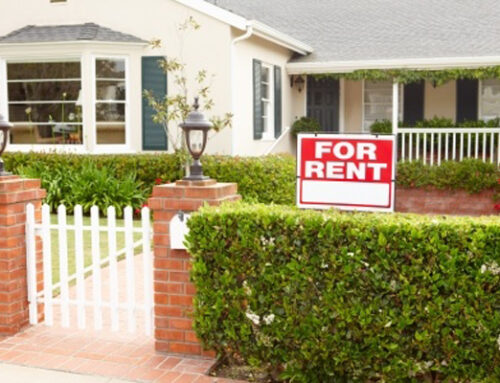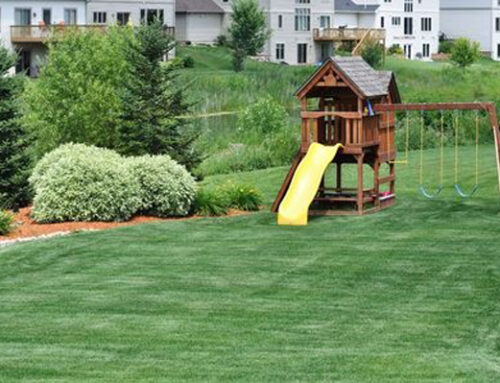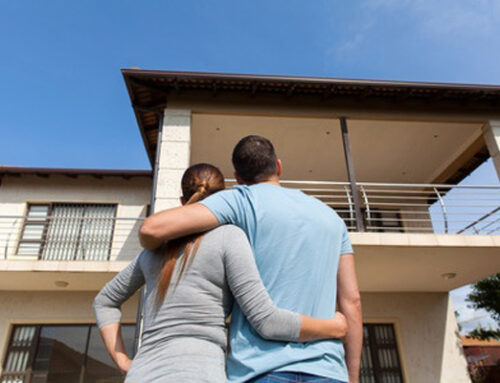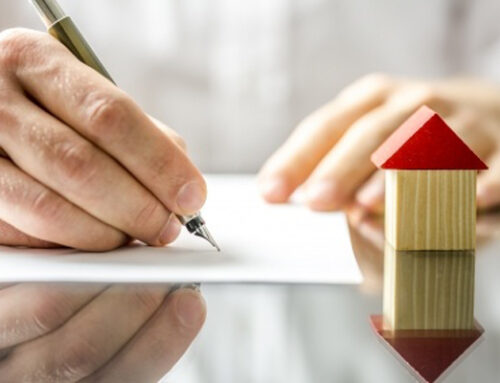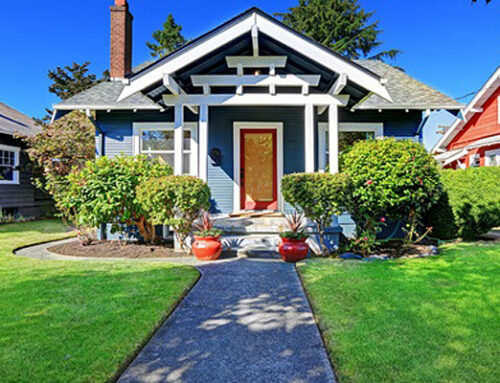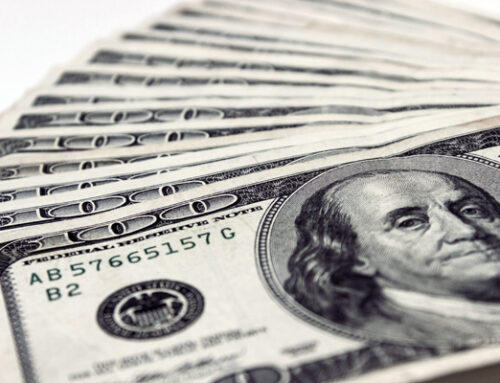It’s no secret that California’s drought is becoming an increasingly difficult problem. It’s already lead state officials to place strict limits on how much water a household can use without facing the possibility of fines. It’s even gotten so bad, that just last month, LA County officials placed millions of “shade balls” in the Los Angeles reservoir. These 4-inch balls are weighted down with water inside and placed into reservoirs to create permanent shade over the surface of the water. The shade lowers the temperature and greatly reduces the rate of evaporation.
So, what do these “shade balls” have to do with your home? Well, not much, but the idea behind them – that of saving water – can easily translate to the homeowner in the form of drought-tolerant landscaping. It’s estimated that 50% of a household’s water usage ends up going into the landscaping, whether it’s watering the grass or the plants, and drought-tolerant landscaping can reduce the overall water usage by 50-75%.
Using less water helps conserve what little we have left, but it will also pay dividends as your monthly water bill shrinks considerably. Going drought-tolerant doesn’t mean you have to pull out your plants or pave over your grass, it just means changing the plants you do have to something that requires less water to survive. It can also translate into less maintenance via replacing your grass with gorgeous flagstones or tiles. There won’t be any need for weekly visits from a landscaper (or their weekly charges) when all you need to do is lightly water the plants once or twice a month.
Not only will drought-tolerant landscaping help save you money, it can make your home even more desirable when you’re trying to sell it. Who, apart from lawn enthusiasts, wouldn’t be interested in a home that not only costs less money to maintain (thanks to needing less water) but takes up less time for the minor maintenance it does require? There are also a wide variety of tax benefits that drought-tolerant lawn owners are qualified to receive.




